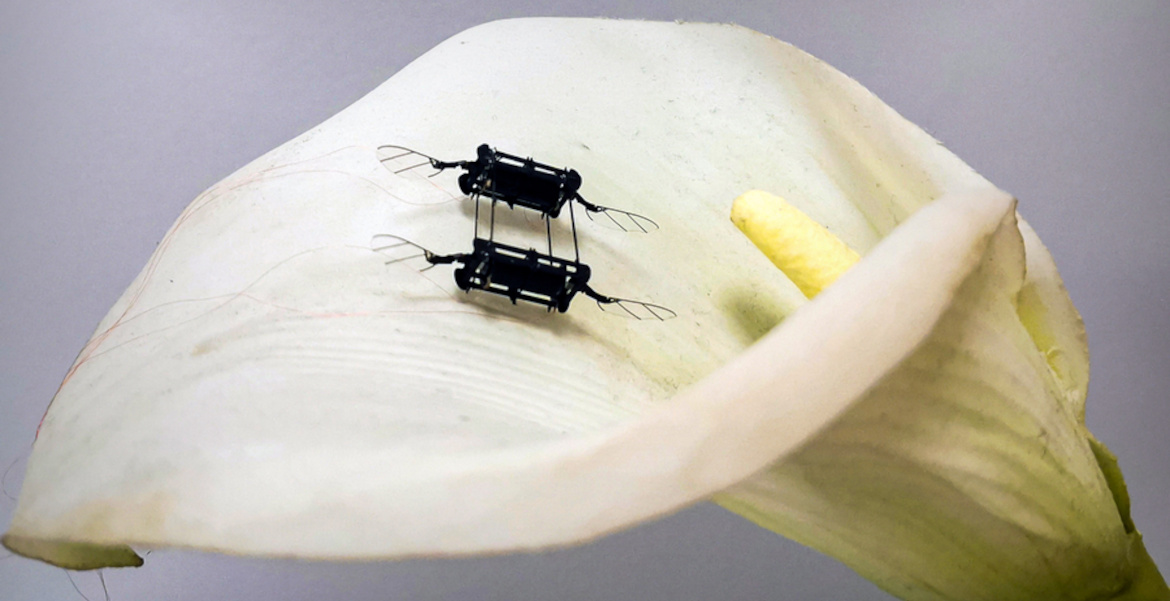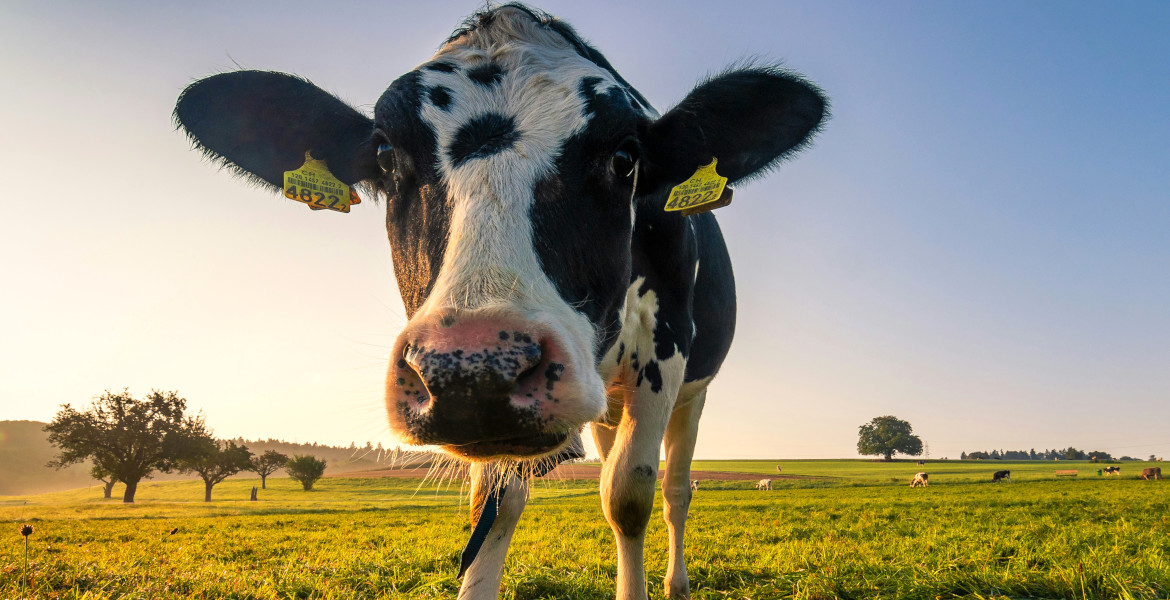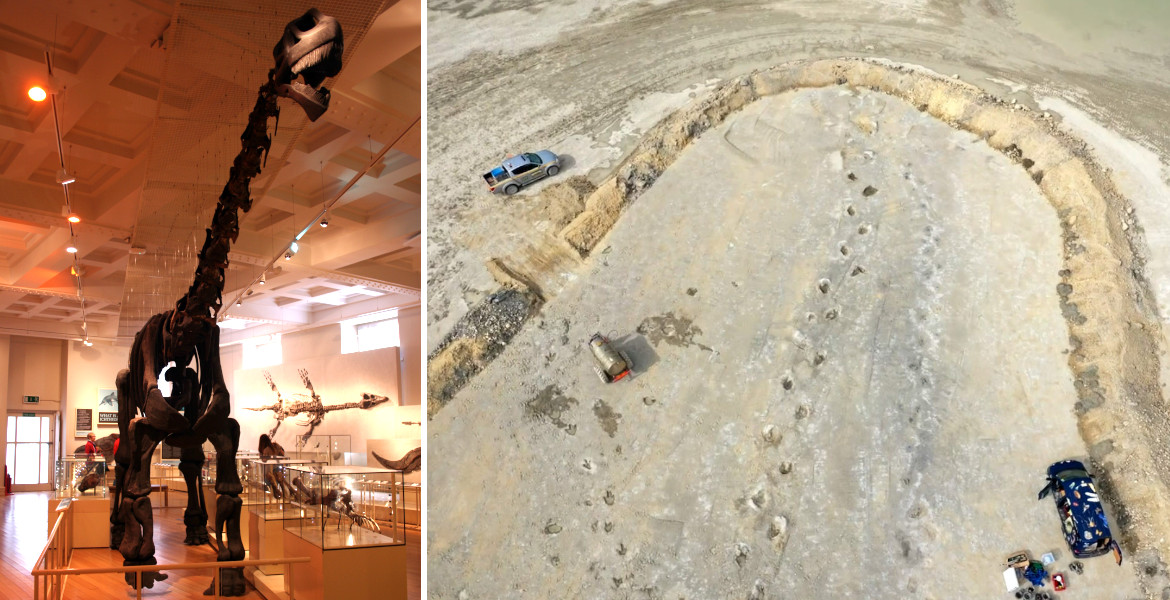Researchers are developing different types of robotic insects. The idea is that they will revolutionize agriculture when other pollinators are threatened with extinction, but also to be able to engage in surveillance.
Today, a large proportion of the world's pollinators, such as bees and butterflies, are heading towards extinction, with the UN estimating that nearly 35% are threatened with extinction globally. However, robotic insects are not intended to replace real insects, but rather to develop agriculture.
Pollination is critical to the entire food industry, as 75% of the world's food grown depends on pollination. Researchers at the Massachusetts Institute of Technology (MIT) believe that with artificial pollination, using robotic insects, farmers could in the future grow fruit and vegetables in multi-storey warehouses. This, in turn, is said to increase yields while reducing some of the harmful environmental effects of farming.
For some time, researchers have been working on developing various robotic insects. Earlier versions of the robotic insect consisted of four identical units, each with two wings, combined into a rectangular unit about the size of a microcassette.
Now, much smaller and more durable robotic insects have been developed. The new robots can hover for about 1 000 seconds, which is more than 100 times longer than previously demonstrated. At the same time, they weigh about the same as a paper clip and can fly much faster.
– Compared to the old robot, we can now generate control torque three times larger than before, which is why we can do very sophisticated and very accurate path-finding flights, said researcher Kevin Chen in a press release.
The goal is to achieve a flight lasting longer than 10,000 seconds. They also want to improve its precision so that it can land and take off from a flower, which it currently cannot do.

Inspired by the crane fly
Researchers at Harvard University have also been working on developing robotic insects. RoboBee can fly, dive and hover like a real insect. The robot weighs only one-tenth of a gram and has a wingspan of three centimeters. The idea is that RoboBee could be used for artificial pollination, but also for surveillance and rescue operations.
However, researchers have long struggled to land it effectively, but now they have found a solution. Taking inspiration from nature, a seemingly graceful landing has been upgraded for RoboBee.
The crane fly spends much of its short life landing and taking off, and it has a strong ability to cushion the landing using its long legs that almost act as shock absorbers. Since the robot's size and shape were already similar to the crane's, the researchers chose to develop the robot's legs like the crane's.
However, RoboBee is still unable to fly without external energy and is wired. The idea now is to continue developing the robot.
– The longer-term goal is full autonomy, but in the interim we have been working through challenges for electrical and mechanical components using tethered devices, said researcher Robert Wood, from Harvard, in a press release.






